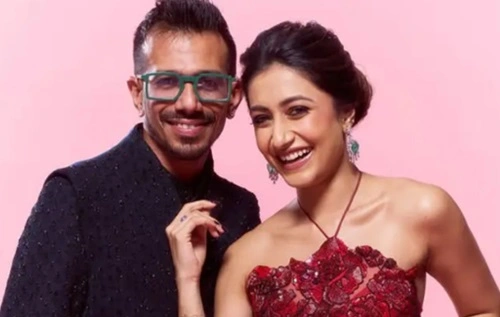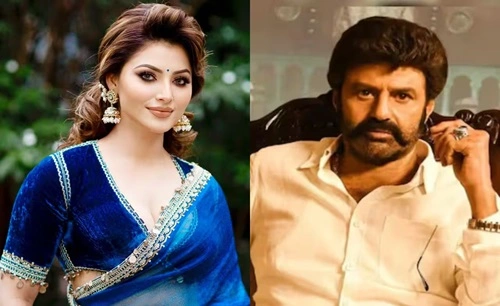Art has been a part of Indian culture for way too long, and it is actually more ancient than you think. But it has been really hard to identify the real artists of the country, but we have seen a few Indian artists rise to fame, not just in the Indian subcontinent, but all around the globe. And that’s the very reason we are here to take a good look at the 10 most famous Indian artists and their paintings. So, let’s have a look.
1. Raja Ravi Varma
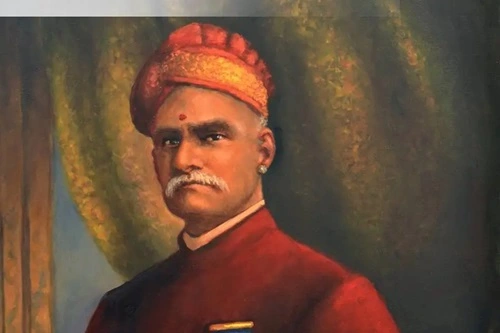
The very first name on this list is the one that most people think of when they hear Indian art, and yes, we are talking about none other than Raja Ravi Varma. Born way back in 1848, Raja Ravi Varma was one of the first pioneering Indian artists who actually did some groundbreaking work, like fusing European techniques with Indian themes. That’s precisely what makes his art so unique and something you’ll feel as your duty to admire and appreciate. For example, his masterworks, such as “Damayanti and the Swan,” somewhat realistically depict mythical situations from India.
2. Rabindranath Tagore
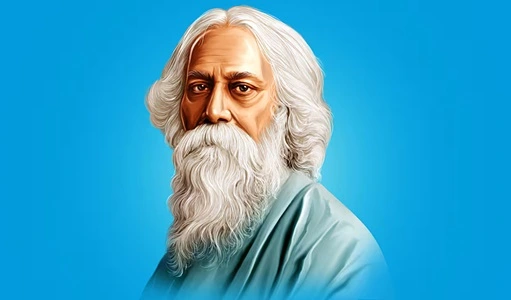
At first, it might appear to you that we made an error on this list by adding a write to this list, right? Well, the thing is, you’d be surprised to know that as good of a writer, Rabindranath Tagore was also a famous artist and painter. Sure, he was the first writer outside of Europe to win the Nobel Prize in literature, but he was pretty good at painting pictures, not with his words on paper, but with actual paint. Tagore actually went on to discover his artistic voice in his sixties when he began to experiment with rhythmic lines and daring shapes. Later on though, rendered with spare, strong brushstrokes, “Untitled (Self-Portrait)” offers a glimpse into his character, you’ll know what we are talking about when you take a look at it.
3. Amrita Sher-Gil
Then there is Amrita Sher-Gil, who has had a literal huge effect on contemporary Indian art, and that’s the very reason she is often called the Indo-French Kahlo. She was born in 1913 and her intensely reflective self-portraits show her Western influences and training in Paris. Like, when you take a look at her work, specifically her multi-colored and thematically intricate work “Self-Portrait,” you’ll know how it delves into questions of self-identity and emotional expression. It was heartbreaking news for the Indian artist community that she was actually just 28 years old when she passed away, but her impact is felt all over the world.
4. M.F. Husain
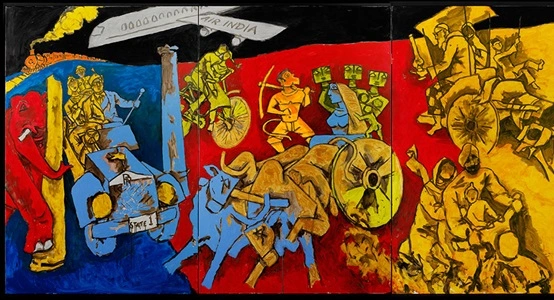
Now, there is a specific reason why the name of Mohammed Faisal Maqbool, or M.F. Husain for short, triggers intense feelings in art lovers and the artist community as a whole. So what’s that special thing? Well, you see, his dynamic use of vibrant colors and compositions, which demonstrate a profound involvement with Indian culture, is a product of his birth in 1915. For example, “The Blue Lady,” one of his most well-known paintings, exemplifies his preoccupation with female anatomy. In spite of the criticism, Husain is still known as the “Picasso of India” because of the international attention that Indian art has received because of his works.
5. Tyeb Mehta
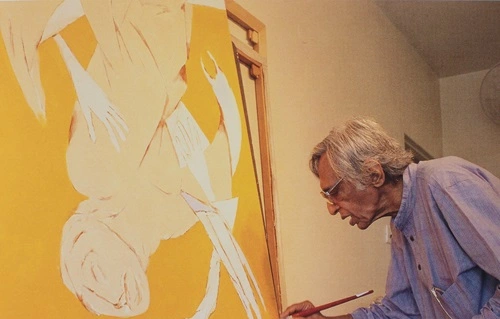
Born in 1925, Tybe Mehta was one of the very few artists who actually went on to showcase the actual chaos and powerful emotion of India, especially when India was going through some really tough times during the Independence. Inspired by the Partition tragedy, his classic “Falling Figure” series depicts human suffering and existential crisis that was a part of India’s history in those dark days. And it was like his duty to show this to the Indian general public as well as the world, what this chaos was all about and what happened. And to be honest, he really did his part, and that’s why he is a legendary figure in Indian modern art for his work in film as well as painting.
6. S.H. Raza
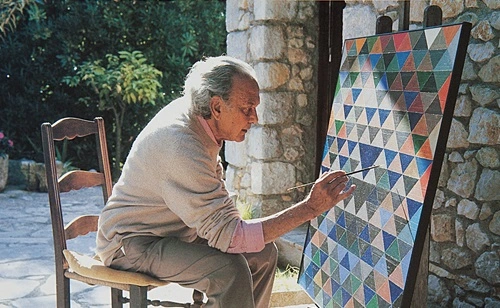
And yes, it is intriguing to see how S.H. Raza moved from abstract symbolism to expressionist landscapes. He was born in 1922, and his “Bindu” series work symbolizes the beginning and unification of the universe. Did you already know that? Geometric forms and vivid colors combine modernist ideas with Indian mysticism in Raza’s meditative, conceptually dense artworks. And yes, many around the globe appreciate his groundbreaking “Bindu” series for the profound spirituality and groundbreaking art it contains.
7. Jamini Roy
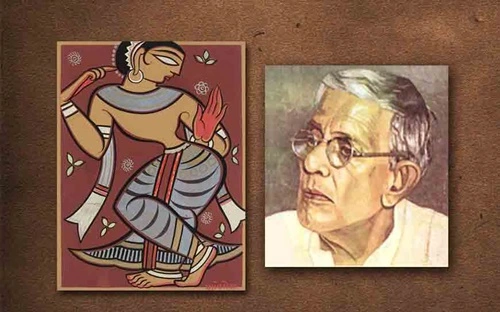
After receiving an education in the academic traditions of Europe, Roy Jamini Roy (born in 1887) redirected her focus to the very folk traditions of Bengal. For example, the sharp lines and flat colors of his painting “Mother and Child” showcase his minimalist yet emotive approach. As you can guess already, Roy’s paintings, which depicted rural life and cultural heritage, sparked a renaissance in conventional Indian art.
8. Nandalal Bose
Born in 1882, did you know that Nandalal Bose played an important role in the Swadeshi movement and the Bengal School of Art? Well, showing Nandalal Bose’s talent for expressing strong nationalist feelings via art, his painting “Bapu” is a moving depiction of Mahatma Gandhi. All in all, during India’s struggle for independence, Bose’s patriotic and lyrical artworks were vital in reviving the country’s cultural heritage.
9. Abanindranath Tagore
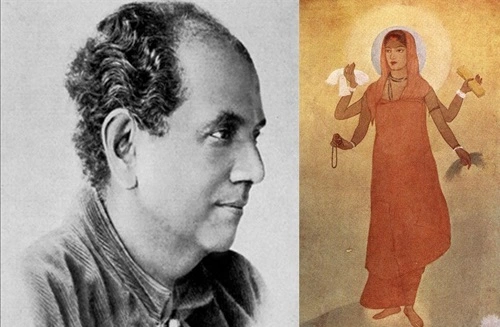
Do not confuse him with Rabindranath Tagore, but did you know that Abanindranath Tagore was actually his nephew? And yes, to foster the growth of an authentically Indian aesthetic, Abanindranath Tagore (born 1871) established the Bengal School of Art. A representation of India’s spiritual and cultural wealth, his famous painting “Bharat Mata” shows the country as a tranquil goddess.
10. Satish Gujral
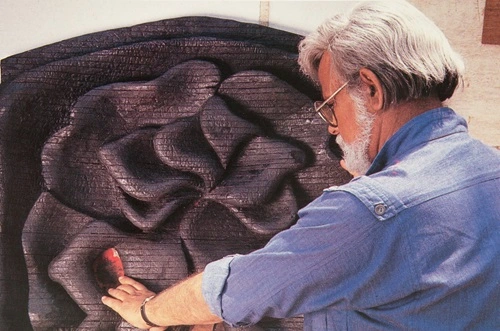
In addition to painting, sculpture, and architecture, Satish Gujral was also a diverse artist, and to be honest, he really deserves to be on this list. The terrible Partition of India is depicted in his first works, such as “Days of Glory” The Belgian Embassy in New Delhi is just one example of Gujral’s architectural accomplishments and his capacity to evoke strong feelings via art, and sure, both have had significant impacts on Indian art.
Conclusion
All in all, these are some of the biggest and most influential figures in the art community in India who have kept the spirit alive, you know? We truly hope that you like today’s post, we’ll see you in the next one.
